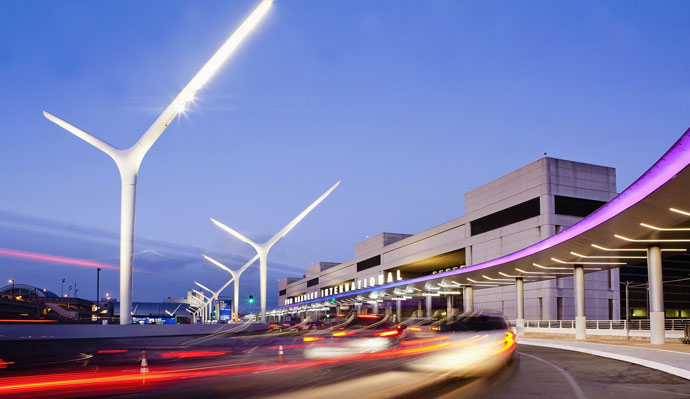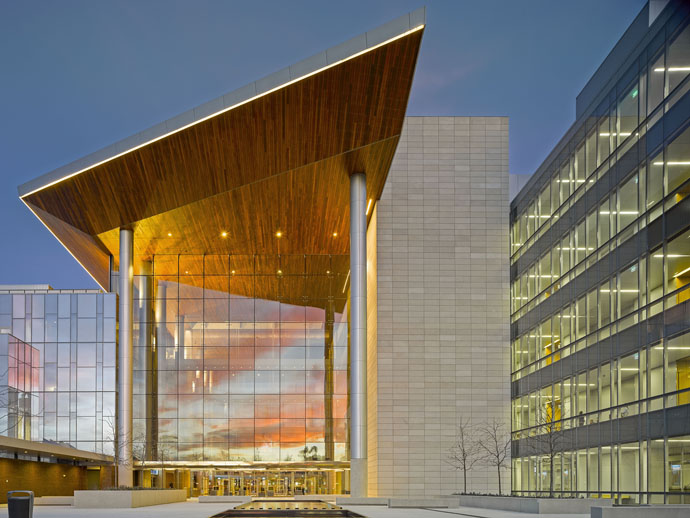Eight steps to a brilliant city
Cities have never been more important, nor the competition between them more intense. Those positioned to excel through this time of global change are pursuing broad, integrated strategies to tap hidden value, celebrate ecology and culture, attract people and investment and overcome financial and operational inefficiencies to define success.
Brilliant exudes character and confidence. Brilliant works across boundaries in support of a greater vision. Brilliant finds the common ground between private and public to close funding gaps. Brilliant performs technically while achieving broader social and economic benefits. Brilliant overcomes obstacles to get essential projects delivered.
Cities can explore eight steps to capitalize on their strengths, address their weaknesses, and achieve brilliance:
Start at the end
Secure a legacy with strategic planning
What will your city be like in 50 years? Understanding where your city is headed—and how you want to shape its future—should guide how projects and infrastructure are prioritized today. Smart long-term planning anticipates social, economic and environmental changes and builds the strategic direction to secure a positive legacy, for cities and leaders.
Draw a crowd
Energize the center through compact urban design
People come to cities to be near other people. Cities need places where people can come together, places that resonate, inspire and excite; a waterfront promenade or central park, a distinctive district or event center, a signature tower or downtown area. A well-planned project can turn the tide and change a city’s fortune. Cities that work to boost business and celebrate life are positioned to compete and succeed.
Renovations at LAX will help Angelinos and world travelers ‘get there together.’
Get there together
Upgrade transportation to move people and business faster
A city’s economy moves at the pace of its transportation network. Efficient transportation speeds the flow of people, ideas and commerce. Airports and seaports are global gateways. Roads and rail establish regional connections. Bike and walking routes make mobility healthy, inexpensive, and fun. In a great city, access is built into the fabric.
Change the flow
Get more from innovative energy and water infrastructure
We depend upon civil infrastructure to meet our daily needs, but the investments we make for these essential functions can yield wider value when we take new approaches. Stormwater managed naturally can improve the urban landscape, increase property values and protect our waterways. Recycled wastewater can green our parks and neighborhoods. Solid waste treated organically can reduce landfill and produce energy for homes.
The restoration of Echo Park Lake is helping LA ‘change the flow.’
Make green pay
Take environmental action that provides an economic boost Investments in the environment can yield financial and social dividends. As cities take measures to mitigate and adapt to climate change, remediate contamination, and protect and restore natural environments, they are finding a wealth of benefits, from energy savings and cleaner air to rising real estate values and healthier people. It creates a better climate for business and community.
Ignore borders
Collaborate across agencies and boundaries for bigger results
Challenges do not follow the boundaries of departments and municipalities. Neither should solutions. To compete at a global level, cities need to advance in step with their supporting regions. This means collaborating across disciplines and jurisdictions, and cooperating and planning at the regional level, to see the bigger picture, connect better ideas and find smarter solutions.
Act now
Identify and address physical and cyber vulnerability
Buildings and bridges are joining the internet of things. This increases the need for cyber security, along with security against physical attacks, violent weather, earthquakes, and decay over time. Proactive solutions begin with a comprehensive vulnerability assessment. Anticipating the most likely points of attack or failure lets a city know where to invest to prevent or mitigate disaster before it strikes.
A public-private partnership for the Gov. George Deukmejian Courthouse helped Long Beach ‘finish ahead.’
Finish ahead
Get projects funded, built and operating sooner
Public budgets are stretched. Roads, bridges, water systems, hospitals, schools and courthouses need maintenance or new structures, but there are new ways around old obstacles. Partnering the public and private sectors and linking the phases of a project’s life cycle can speed construction, reduce cost, increase performance and manage risk. It’s time to take advantage of the alternatives.
 Stephen Engblom (Stephen.engblom@aecom.com) is an urban planner and designer, and global director of AECOM Cities.
Stephen Engblom (Stephen.engblom@aecom.com) is an urban planner and designer, and global director of AECOM Cities.









